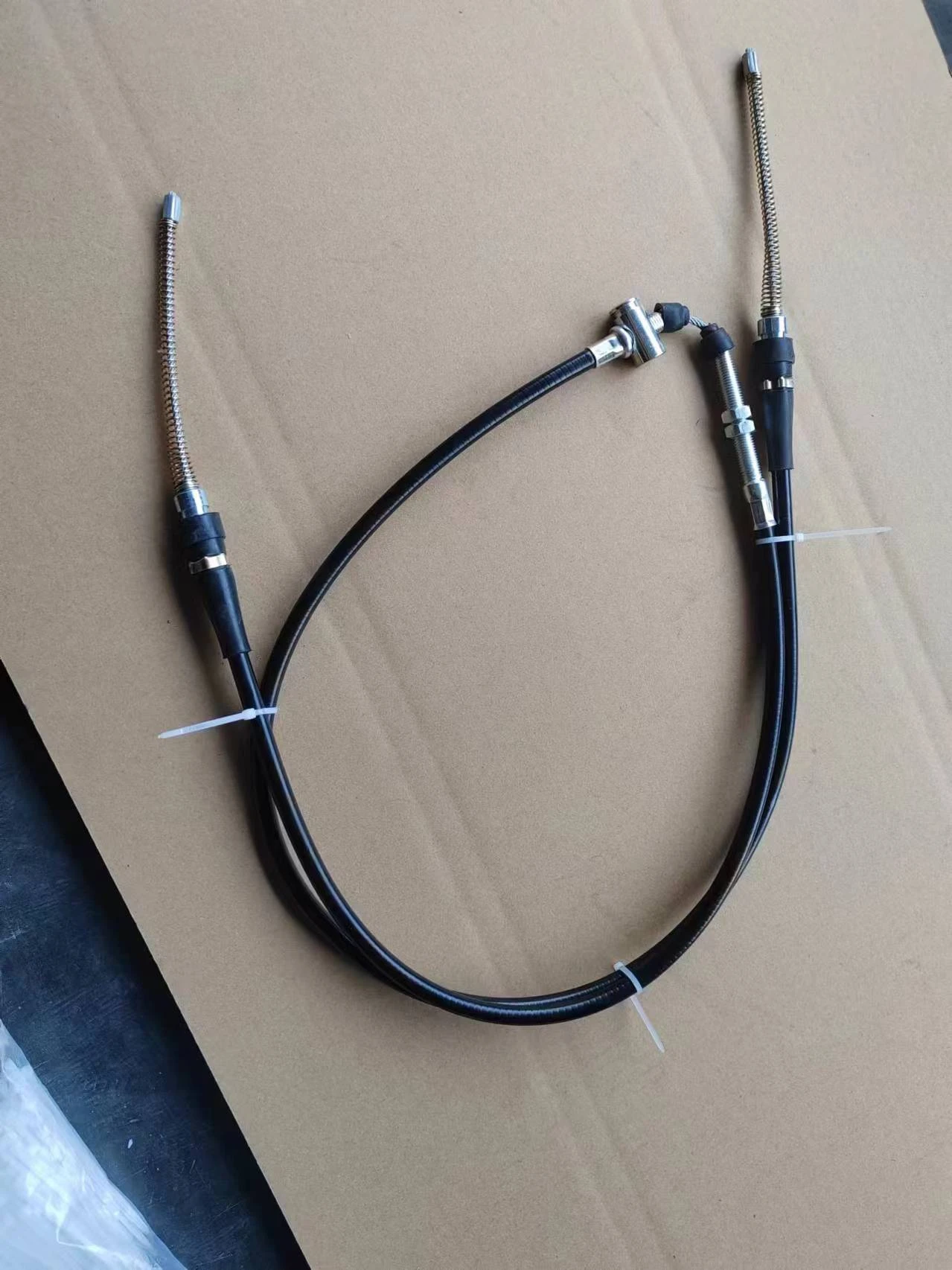adjusting throttle cable
Adjusting the Throttle Cable A Step-by-Step Guide
The throttle cable plays a crucial role in the operation of many vehicles, especially those with internal combustion engines. It connects the accelerator pedal to the throttle body, enabling the driver to control the engine's power output. Over time, this cable may stretch or become misadjusted, leading to suboptimal performance, poor acceleration response, or increased fuel consumption. Adjusting the throttle cable is essential for maintaining your vehicle's efficiency and responsiveness. Here’s a step-by-step guide on how to properly adjust the throttle cable.
Step 1 Gather the Necessary Tools
Before you start the adjustment process, make sure you have the right tools on hand. Typically, you will need a socket set or wrenches, a screwdriver, and a measuring tape. It's also beneficial to have a service manual specific to your vehicle, which can provide detailed specifications regarding the throttle cable adjustment.
Step 2 Locate the Throttle Cable
The throttle cable is usually positioned near the engine, connecting the accelerator pedal to the throttle body. For vehicles with a cover or shield, you may need to remove it to gain access. Identifying the cable’s layout is crucial for understanding how to make adjustments effectively.
Step 3 Inspect the Cable
Prior to making any adjustments, inspect the throttle cable for any signs of wear, fraying, or damage. A damaged cable should be replaced rather than adjusted. Also, check for any obstructions that might hinder the cable's movement. Ensuring that the cable is in good condition is vital for safe and optimal vehicle operation.
adjusting throttle cable

Step 4 Loosen the Cable Clips
If your vehicle has clips or fasteners securing the throttle cable, loosen them carefully. This will allow you to adjust the tension on the cable without causing damage. Be careful not to completely remove the clips; just loosen them enough to create slack in the cable.
Step 5 Adjust the Cable Tension
With the cable slack, pull on the throttle cable gently to remove any excessive slack. Most vehicles require a specific amount of free play in the throttle pedal, often around a quarter to half an inch. Use your measuring tape to ensure that you achieve the correct distance. Once adjusted, tighten the clips or fasteners securely to hold the cable in place.
Step 6 Test the Adjustment
Start your vehicle and press the accelerator pedal gently to test the throttle response. The engine should respond smoothly to input without any hesitation or delay. If everything feels right, put your vehicle through its paces to ensure that the adjustment has resolved any previous issues.
Conclusion
Adjusting the throttle cable is a simple yet significant task that can enhance your vehicle's performance. Regular checks and adjustments can help maintain optimal engine function, ensuring a smoother and more responsive driving experience. Always consult your vehicle’s service manual for specific guidelines and recommendations related to your model.
-
Upgrade Your Vehicle with High-Quality Handbrake CablesNewsNov.01,2024
-
Optimize Your Bike's Performance with Quality CablesNewsNov.01,2024
-
Enhance Your Vehicle's Performance with Quality Clutch ComponentsNewsNov.01,2024
-
Elevate Your Vehicle's Performance with Quality Throttle CablesNewsNov.01,2024
-
Elevate Your Vehicle's Performance with Quality CablesNewsNov.01,2024
-
Affordable Solutions for Your Cable NeedsNewsNov.01,2024
